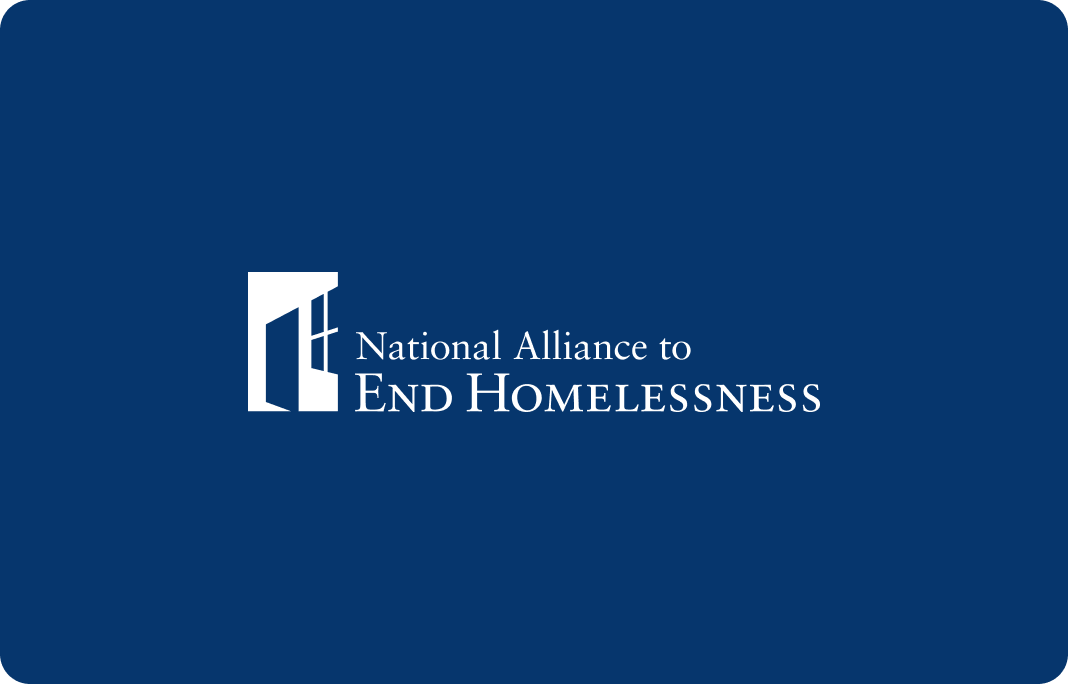The interim Continuum of Care (CoC) rule developed under the Homeless Emergency Assistance and Rapid Transition to Housing (HEARTH) Act was released in the Federal Register on July 31, 2012 and went into effect on August 30, 2012. Additional resources related to the rule are available on the U.S. Department of Housing and Urban Development (HUD) Homelessness Resource Exchange website.
The purpose of this document is to help Continuums think through how to take advantage of opportunities in the regulations to further the use of national best practices in their communities. The Alliance’s recommendations for how to do this focus on the following areas:
- Coordinated Assessment
- Transitional Housing
- Rapid Re-Housing
- Governance and Performance Measurement
Stay Updated: Solutions, Stories, and Ways to Make an Impact
Sign up to receive updates on the Alliance’s work, including the latest research, advocacy efforts, and real stories of progress — plus ways you can help drive lasting change.











